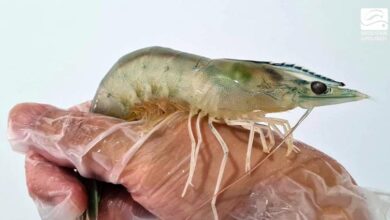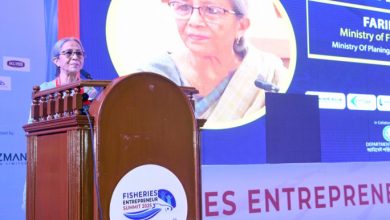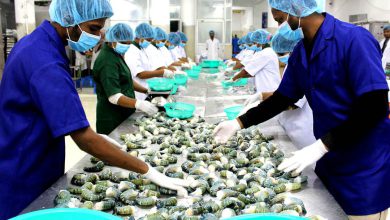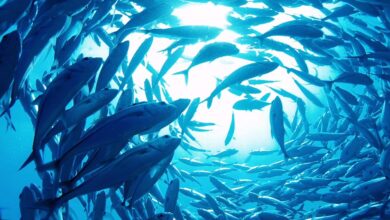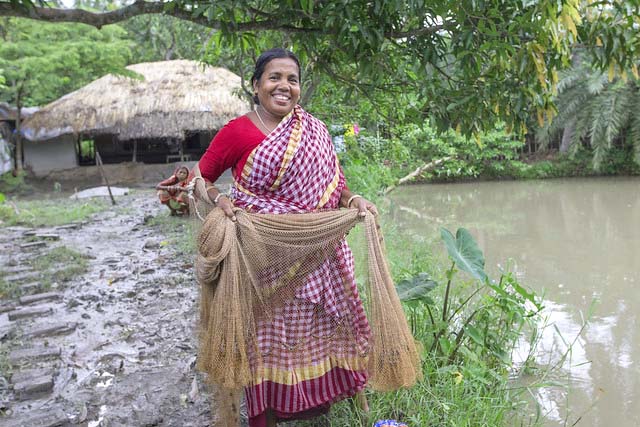
Bangladesh is a developing country with approx. 166 million inhabitants and half of whom are women. In the country, fishing has always been considered “men’s work”. It is a social notion that disregards the significant contribution of women to fisheries. Surprisingly, the fisheries industries employ 17.8 million individuals, of which 1.4 million are women. The shrimp sector, being the most significant contributor to the fisheries of Bangladesh, lead to the massive employment of women. Over 80 percent of the shrimp industry’s processing factory employees are female. Therefore, it is anticipated that increased participation of women in shrimp farming could lead to improved social empowerment and financial independence.
The Challenges
Climate change increases the frequency and intensity of floods and cyclones in the southwestern region of Bangladesh. These incidents have left a damaging impression on the poorest residents of coastal communities, particularly women. These poverty oppressed women have limited access to resources and assets, limited mobility, food insecurity, low awareness, and weak social networks.
As a result of climate change, more men are relocating to cities in search of employment, leaving women in rural areas with little or no money to support their families. In many homes, women are prohibited from working because of their domestic duties or conservative social values. The low negotiating power of women in the home prevents them from utilizing and gaining access to family resources and making significant decisions.
Poverty stricken women in coastal regions those required to work, must compete with men for remaining jobs available in the villages. In addition, women are paid less than men. Their already meager income has been considerably diminished by the Covid-19 outbreak.
Numerous women in coastal areas are illiterate, that limiting their access to opportunities to generate income. Several social and religious norm-based restrictions also exist for women. In many families, the abuse of women and children escalates due to economic hardship, which also leads to child marriage.
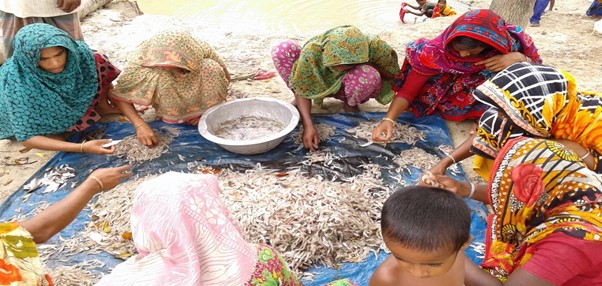
Photo: Haseeb Md. Irfanullah
The picture is not different in the industrial sector. In the shrimp processing plants, women perform 8-to-10-hour shifts standing in cold temperatures. Their hands are frequently irritated by the sharp edges of the shrimp and the ice used to pack them. At work, persistent gender preconceptions prevent women from being promoted to more senior positions, such as supervisors, which means they earn significantly less than males. For example, 80% of workers at shrimp processing factories are female. In contrast, less than one percent of these factories’ managers are female.
The prospect
One-fifth of the world’s aquaculture production is concentrated in Bangladesh, where women account for an estimated 1.4 million. Women are gradually becoming involved in all facets of shrimp farming, from planning to implementation, pond excavation to fish sales, prawn or shrimp fry gathering to processing and export, and even net construction to fish drying. In southwest Bangladesh, over 30% of women are active in shrimp farming.
According to Fisheries Resources Survey System (FRSS) data, Bangladesh has around 4,43,024 shrimp fry collectors and 1,441 fish spawn or fish fry collectors. The majority of fry collectors are women and children. This fry collection work offers part-time employment opportunities to low-income households.
In the fish processing facilities of the regions of Khulna and Cox’s Bazar, a high number of women are employed. Furthermore, their involvement is growing daily. Female members of fishing families in bils, haors, baors, and floodplains contribute to the creation of nets, fishing traps, and even the marketing/selling of shrimps.
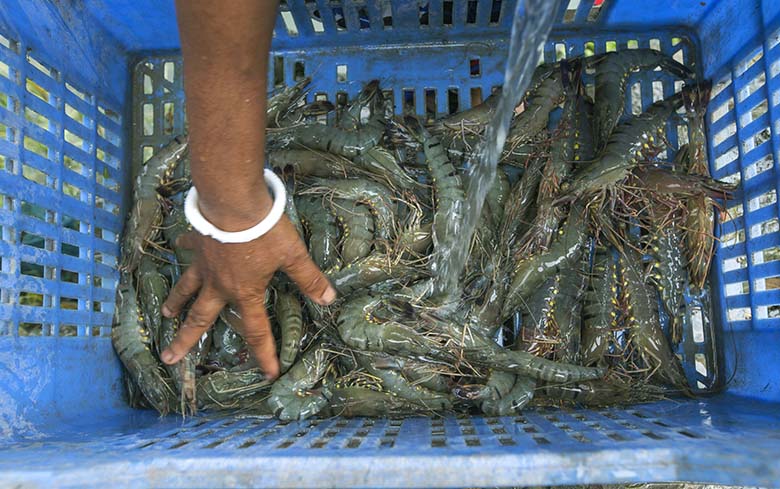
When women participate in paid work in shrimp farming, income is the key benefit, resulting in increased purchasing power and financial independence. Involvement in shrimp culture also contributes to certain aspects of women social empowerment. In particular, it contributes to the expansion of certain women’s human and social capital through increases in self-esteem, confidence, admiration, and respect from their husbands in relation to generating income.
GO and NGO initiatives increased women’s engagement in shrimp farming and other fisheries-related industries. Participating in the management of fish nurseries in various projects aided by NGOs, the women demonstrated their efficacy. Grameen fish foundation’s Jamuna Boropit fish culture programs included 100% women, making it one of the most renowned examples of women empowerment in shrimp sector.
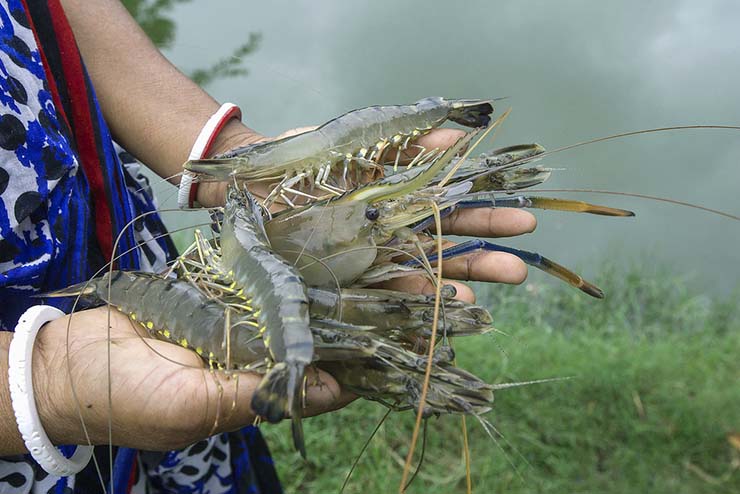
Epilogue
In today’s progressing world, the term “women empowerment” is not a topic of argument. Rather we must consider the path to empower the women, and the shrimp industry is one of the most well-known viable paths.
Bangladesh has a long history of women’s participation in fisheries, but more can be done to incorporate them at all levels of business. Women can contribute to various stage of the value chain, including fishing, handling and processing to decision making in business. Increasing women’s engagement in the shrimp industry can provide a sustainable way to eradicate the poverty from the society. In other words, the only way to accomplish sustainability in the coastal belt is to empower women. And it entails assisting them in gaining access to skills, resources, expertise and information. It involves empowering women to make crucial decisions for themselves and their families.

